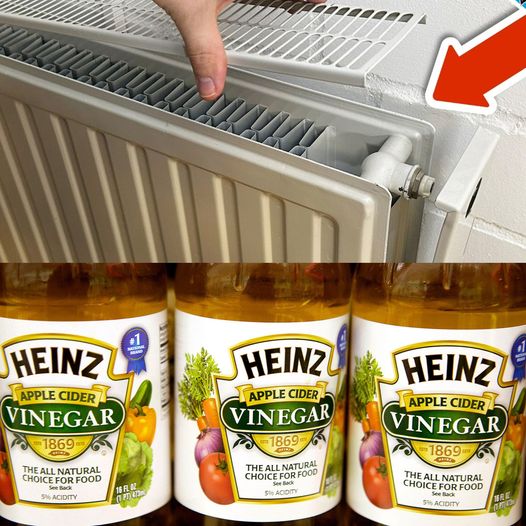ADVERTISEMENT
Step-by-Step Guide to Cleaning Your Radiator from the Inside
Follow these steps for a thorough, energy-saving radiator clean:
Step 1: Turn Off the Radiator
Before cleaning, make sure to turn off the radiator and allow it to cool completely. Cleaning a hot radiator can be unsafe and may damage your tools or even the radiator itself.
Step 2: Protect the Area Around the Radiator
Place towels or an old sheet underneath and around the radiator to catch dust and debris that may fall out during cleaning. This will make cleanup easier and protect your flooring.
Step 3: Use a Radiator Brush to Reach Inside
- Take a long, flexible radiator brush or dust brush and insert it between the radiator panels. If you’re cleaning a traditional convector radiator, try to reach the fins inside, as they are prone to trapping dust.
- Move the brush up and down, as well as side to side, to loosen as much dust as possible. Radiator brushes are specifically designed to fit in tight spaces, making them ideal for this job.
Step 4: Vacuum Out the Dust
Once you’ve loosened the dust, use a vacuum cleaner with a hose attachment to suck out the debris. Run the vacuum along the top, sides, and bottom of the radiator to remove any remaining dust. The suction power of the vacuum will pull out dust that the brush may have missed.
Step 5: Use Compressed Air for Stubborn Dust
For hard-to-reach areas, a compressed air canister can help blast out trapped dust particles. Aim the nozzle of the canister into the radiator fins and gently press to release short bursts of air. The air pressure will dislodge any remaining dirt, which you can then vacuum or wipe away.
Step 6: Wipe Down the Exterior
Once the inside is clean, take a damp microfiber cloth and wipe down the exterior of the radiator to remove any leftover dust. This ensures that no loose dust particles remain on the surface, giving your radiator a polished finish.
Step 7: Check the Valves and Bleed the Radiator (If Necessary)
After cleaning, check the radiator valves to ensure they’re dust-free and functioning properly. If your radiator has been underperforming, consider bleeding it to release any trapped air, which can also affect heating efficiency.
Please Head Over To Next Page There Still More ,,,
ADVERTISEMENT
